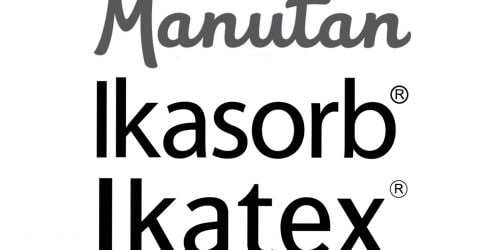Collaborative working: How does collaboration improve the quality of work?
As a guarantor of fluidity, efficiency and productivity, collaborative working is also a matter of management, willingness and company culture. Collaboration at work fosters creativity as well as employee well-being. However, it is crucial to collaborate effectively! Beyond the essential learning of tools, collaborative working also involves changing work methods and choosing solutions that match the company’s needs. In this article, discover the link between collaborative work and better performance, and the reasons behind this correlation.
Definition of collaborative working
Flexible, fast, and intuitive, collaboration tools are enjoying great success thanks to the digital transformation that has been taking place in companies for several years. Since the rise of remote working, collaborative platforms such as Teams, Drive, Trello, Slack, Zoom, Google Chat, etc., have become familiar to everyone.
But what characterises collaborative working? What is the difference between collaborative working and teamwork? The answer is simple: Teamwork is focused on achieving a common goal by all team members. Collaborative working, on the other hand, allows each team member to contribute uniquely to the overall goal using tools that encourage communication and sharing of ideas. It is, therefore, possible for multiple people to work simultaneously on a single document or to develop strategic thinking remotely.
Collaborative working emphasises collective intelligence and productivity, rather than unnecessary meetings and work silos. A significant proportion of employees consider collaborative working essential for designing and driving projects forward.
Another essential aspect of collaborative working is the creation of shared workspaces. These spaces can be physical, like a shared office, or virtual, like an online platform.
Fewer meetings, more collaboration
One of the advantages of collaborative working is that it has a positive impact on meeting fatigue. By implementing shared workspaces, the number of meetings, often seen as a waste of time by employees, is reduced.
Employees can work together on the same document, remotely, simultaneously or asynchronously. Each person can contribute, follow project progress or take part in discussions at the time that suits them best, without disrupting their own work schedule.
Regarding collaborative working tools, numerous solutions are available, ranging from project management platforms to internal communication tools. The most popular collaborative tools include file-sharing platforms like Google Drive or Dropbox, project management tools like Trello, instant messaging apps like Slack or Google Chat, video conferencing software like Zoom or Skype, and scheduling tools like Doodle.
These platforms facilitate collaboration by allowing teams to communicate, share information and coordinate tasks effectively. In short, they help teams work together.
More collaborative working for increased trust and productivity
When used properly, collaborative tools offer numerous benefits:
- Allowing the management of project progress;
- Assisting in tracking tasks;
- Facilitating communication among teams;
- Strengthening the collaborative culture within the company.
Moreover, most users believe that collaborative working has a particularly positive impact on knowledge and information sharing. Many of them also notice increased productivity and motivation.
In addition to saving time, collaborative tools also strengthen trust and transparency. For example, when multiple members have editing rights on a shared document in the cloud, trust is essential. The quality of communication and a sense of goodwill are prerequisites for using collaborative tools effectively.
This human aspect is important: Individuals no longer see themselves as mere “cogs”, but as stakeholders actively contributing to the company’s success. Their ideas, knowledge, and aspirations are taken into account, which reinforces their sense of belonging and well-being at work. Perhaps paradoxically, collaborative tools, primarily designed to support remote working, promote inclusion and exchange.
Towards collaborative management
To be fully beneficial, collaborative working and tools require managerial support. In fact, a lack of involvement from management or inappropriate managerial behaviours are the main obstacles to effective collaboration. Supervisors must actively commit and promote collaborative working for it to develop within the company.
Several innovative solutions can now be implemented to streamline collaborative processes and create positive synergies. Good organisation is the key element in encouraging collaborative working. This relates not only to task distribution but also to how teams are structured and managed.
For example, team size can be adjusted. Currently, 4 to 6 people is considered the ideal number to create a collaborative environment. However, the majority of work teams today consist of more than 7 people, highlighting an important area for improvement.
Workplace organisation is another element managers can address to encourage collaboration. In fact, effective collaboration does not require a shared workspace at all times. On the contrary, creating disruptions in the work environment, promoting internal mobility, or opening teams to independent workers are excellent ways to maintain a collaborative mindset. Remote working is not a barrier either. In fact, for most employees, working remotely is perfectly compatible with collaborative working challenges.
To learn more about how to effectively incorporate new ways of working into your company’s operations, download our “Well-working” white paper.






